If you have heard elite sportspeople being interviewed, you may have heard them describe a “flow state”. However, flow can also occur in other places, not just sport. Flow can happen when you in the garden, painting or talking to a friend on the phone.
So, What is Flow?
Mihaly Csikszentmihalyi defines flow as
“a state in which people are so involved in an activity that nothing else seems to matter; the experience is so enjoyable that people will continue to do it even at great cost, for the sheer sake of doing it.” (Csikszentmihalyi, 1990, p.4).
The Point at Which You Hit the State of Flow
In his TedTalk, Mihaly Csikszentmihalyi uses the following diagram to illustrate the “flow state” or what some call “the sweet spot”. As you can see, to be in a state of flow a person needs to have a high challenge and a high skill level. The horizontal axis measures how challenging the activity is, and the vertical axis measures the individual’s level of skill.
As you can see in the diagram above – there is an interplay between how challenging an activity is and the skill level of a person and how that can make you feel. They include –
- Apathy (low challenge level, low skill level),
- Boredom (low challenge level, medium skill level),
- Relaxation (low challenge level, high skill level),
- Being in control (medium challenge level, high skill level),
- Worry (medium challenge level, low skill level),
- Anxiety (high challenge level, low skill level),
- Arousal (high challenge level, medium skill level),
- The “flow state” (high challenge level and high skill level).
How Does it Feel to Be in Flow?
Although flow is an individual thing, there are some common elements that are people describe when they are in flow. They include –
- Completely involved in what you are doing – focused, concentrated,
- A sense of ecstasy – of being outside everyday reality,
- Greater inner clarity – knowing what needs to be done and how well we are doing,
- Knowing that the activity is doable – that our skills are adequate to the task,
- A sense of serenity – no worries about oneself and a feeling of growing beyond the boundaries of the ego,
- Timelessness – thoroughly focused on the present, hours seem to pass by in minutes, and
- Intrinsic motivation – whatever produces flow becomes its own reward.
You can see more in the YouTube clip below (at 14mins) 🙂
What Takes You Out of Flow?
There are many situations and experiences that can take you out of flow. Situations and experiences from fear to guilt, procrastination to overwhelm and shame and self-doubt. The common theme underneath each of these aspects is letting outside circumstances dictate feelings, thoughts and behaviours (which are all interwoven).
Yes, sometimes life can feel like an emotional roller-coaster ride. However, this does not mean we are at the mercy of these emotions and have no control over situations or how we respond. Every time we make a decision, choice or take action, we can be aligned or mis-aligned. Some people are aware and aligned with their choices and some are mis-aligned and can feel a sense of disconnection.
Another way of looking at this is –
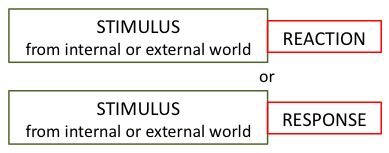
Between stimulus and response, we have the freedom to choose –
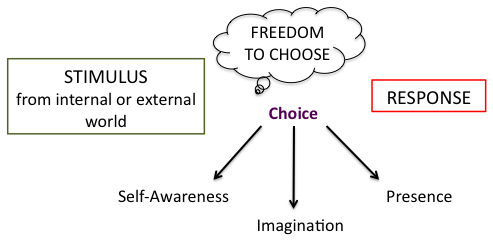
Sometimes (because of past experiences in people’s lives), they may not realise there is a choice. This is why it is important to develop self-awareness and presence. As leaders develop awareness, little by little, they can start to come off auto-pilot, realise there are choices and start to create a new way of being and experience the magic of flow.
More Information on Flow
In the following TEDx Talk (18.56mins) Mihaly Csikszentmihalyi asks, “What makes us really happy?” He refers to the research that money cannot make us happy and looks to those who find pleasure and lasting satisfaction in activities that bring about a state of “flow”.
He also refers to:
- how the nervous system is unable to process more than approximately 110bits of information per second, and
- different examples of flow from a figure skater, a business man, Anita Roddick (the Body Shop) and Masaru Ibuka (Sony).
Mihaly Csikszentmihalyi has written the following books on flow –
- Flow: The Psychology of Optimal Experience,
- Finding Flow: The Psychology of Engagement with Everyday Life (Masterminds Series), and
- Creativity: Flow and the Psychology of Discovery and Invention.
If you are ready to reclaim your courage and take the next step towards freedom and opening your heart, why not join our Toolkit?
References –
Csikszentmihalyi, M. (1990). Flow: The Psychology of Optimal Experience. New York, NY: Harper and Row.
Csikszentmihalyi, M. (1996). Creativity: Flow and the Psychology of Discovery and Invention. New York, NY: Harper Perennial.
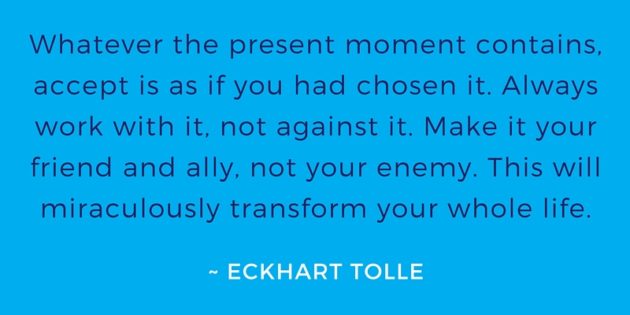
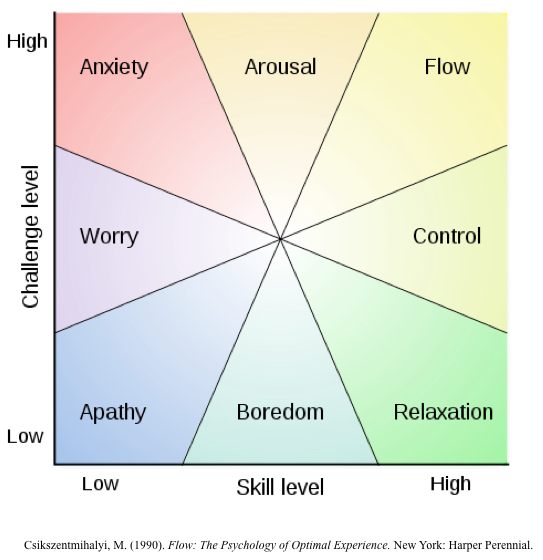




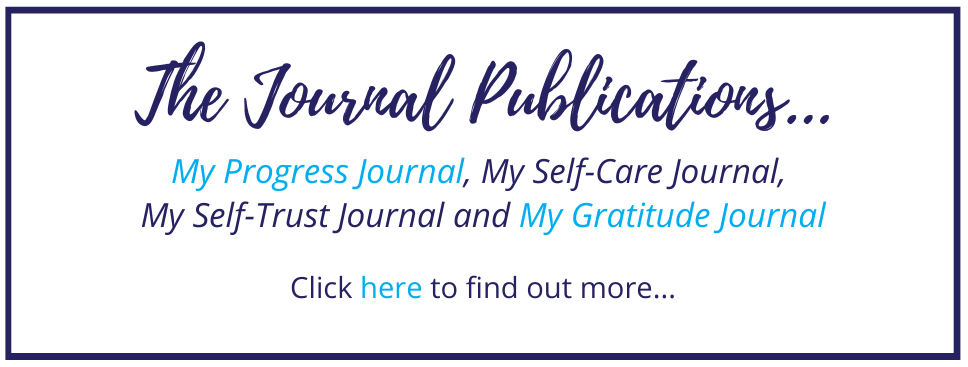

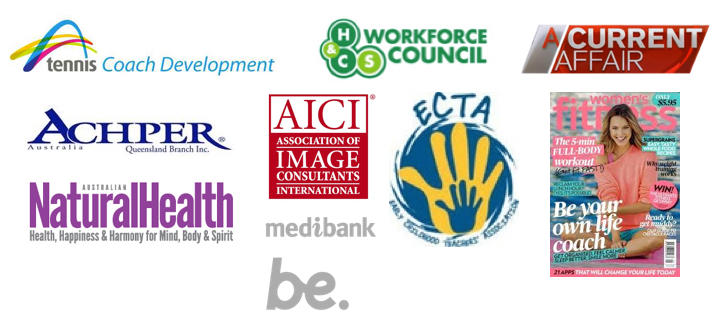
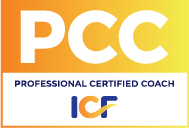








1 Comment
[…] how do you achieve this magical state of flow? By its very nature, it’s not something that can be learned through instruction. But there are […]
Leave A Response